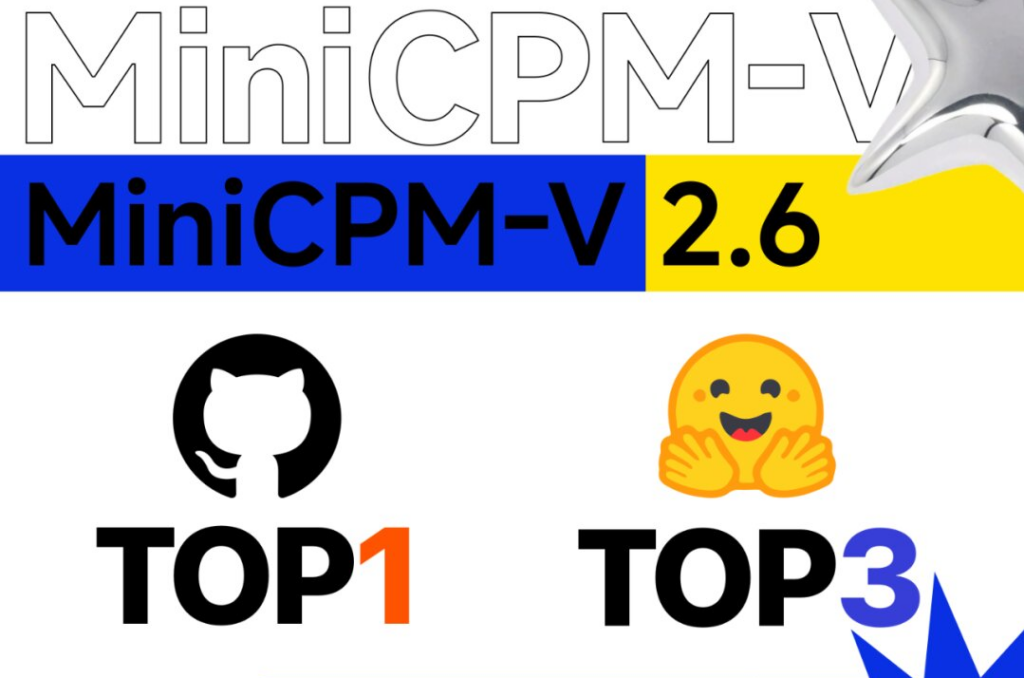MiniCPM-V is a series of efficient multimodal large language models (MLLMs) designed to run on end-side devices like mobile phones and personal computers. These models are particularly well-suited for vision-language understanding tasks, such as image captioning, visual question answering, and text-to-image generation.
Key features of MiniCPM-V:
- Efficiency: MiniCPM-V models are designed to be highly efficient, allowing them to run on a wide range of devices without requiring powerful cloud servers.
- Strong performance: The latest model in the series, MiniCPM-Llama3-V 2.5, achieves GPT-4V level performance, making it a powerful tool for various AI applications.
- OCR capabilities: MiniCPM-V excels at optical character recognition (OCR), allowing it to read and understand text in images.
- Trustworthy behavior: The models are trained to be trustworthy and avoid generating harmful or misleading content.
- Multilingual support: MiniCPM-V supports over 30 languages, making it a versatile tool for global applications.
- Open-source availability: The models are open-source, allowing developers to customize and use them for their own projects.
MiniCPM-V has a wide range of potential applications, including:
- Image captioning: Generating descriptive captions for images.
- Visual question answering: Answering questions about images.
- Text-to-image generation: Creating images based on text descriptions.
- Search and recommendation systems: Improving search results and product recommendations.
- Customer service chatbots: Providing more informative and helpful responses.
As soon as MiniCPM-V 2.6 was released, Rocket topped the top 3 of GitHub, the world’s leading open source community, and HuggingFace. So far, the MiniCPM-V series of wall-facing small steel cannons have exceeded 10,000 stars on GitHub! Since its launch on February 1 this year, the MiniCPM series has accumulated more than one million downloads!
In the minds of many developers, MiniCPM has gradually become a yardstick to measure the capability limit of device-side models, and the latest MiniCPM-V 2.6 once again raises the performance ceiling of device-side multimodality:
With only 8B parameters, single-image, multi-image, and video understanding comprehensively surpass GPT-4V!
In one go, Xiaogang Cannon has brought real-time video understanding, multi-graph joint understanding, and multi-graph ICL capabilities to the device-side multi-modal model for the first time.
Device-friendly: The memory on the quantized backend occupies only 6 GB. The inference speed is up to 18 tokens/s, which is 33% faster than the previous generation model. And the release supports llama.cpp, ollama, and VLLM inference; And it supports multiple languages.
For the first time, the device-side model has real-time video understanding capabilities, which has been enthusiastically responded to in the global technology circle!
In the future, once implanted in mobile phones, PCs, ARs, embodied robots, and intelligent cockpits, the things we carry around in our daily lives will begin to “open our eyes to the world” and understand the video stream of the real physical world. It’s fantastic!
It’s really hot!
➤ MiniCPM-V 2.6 GitHub open source address:
https://github.com/OpenBMB/MiniCPM-V
➤ MiniCPM-V 2.6 Hugging Face Open Source Address:


